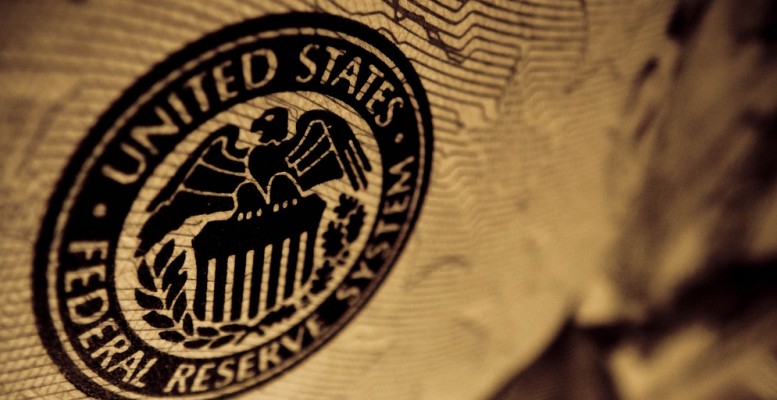Employment in the US will continue to feedback into the expansionary phase in the short term and indicators like the ISM will favour the markets’ complacency about this. Last Tuesday, the manufacturing side of this index suprised on the upside, reaching a dynamic level of 54,7. And next it will be the turn of the services sector, which will also highlight questions like the promised tax cuts for companies (an issue noted at the last Fed meeting), along with the expectations for a more favourable outlook for price rises. That said, the worse than expected trend in US consumer spending at the beginning of the fourth quarter will mean it will lose some ground compared to November.
In general terms, leaving aside certain nuances, the short-term outlook will be such that it will allow the Fed to raise interest rates, which will be taken as a positive symptom. It will fuel rises in stock markets and the dollar during the session, as well as a recovery in treasury yields, despite the performance of the latter two on Wednesday. On the other hand, the downside to this situation is that it will also mean higher financing costs for households and companies, a factor which US firms have already taken into account. In line with data from the FT, on the first business day of 2017 US companies and banks issued debt to the tune of $19.9 billion, which was a record start of year. Based on Dealogic’s figures, no debt issues have been closed on the first working day of the year since 2012. In other words, the issuers are anticipating the rate hikes which will make it difficult for them to equal the debt issuance volumes of 2016.





